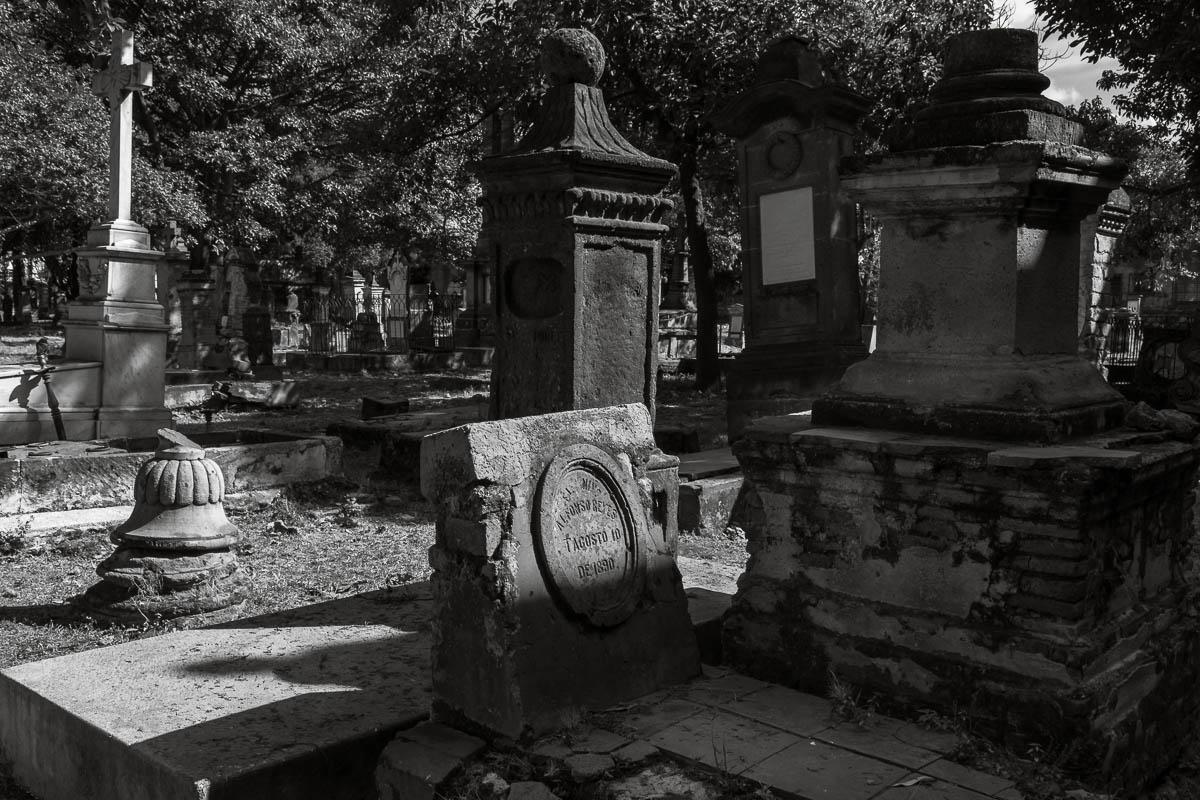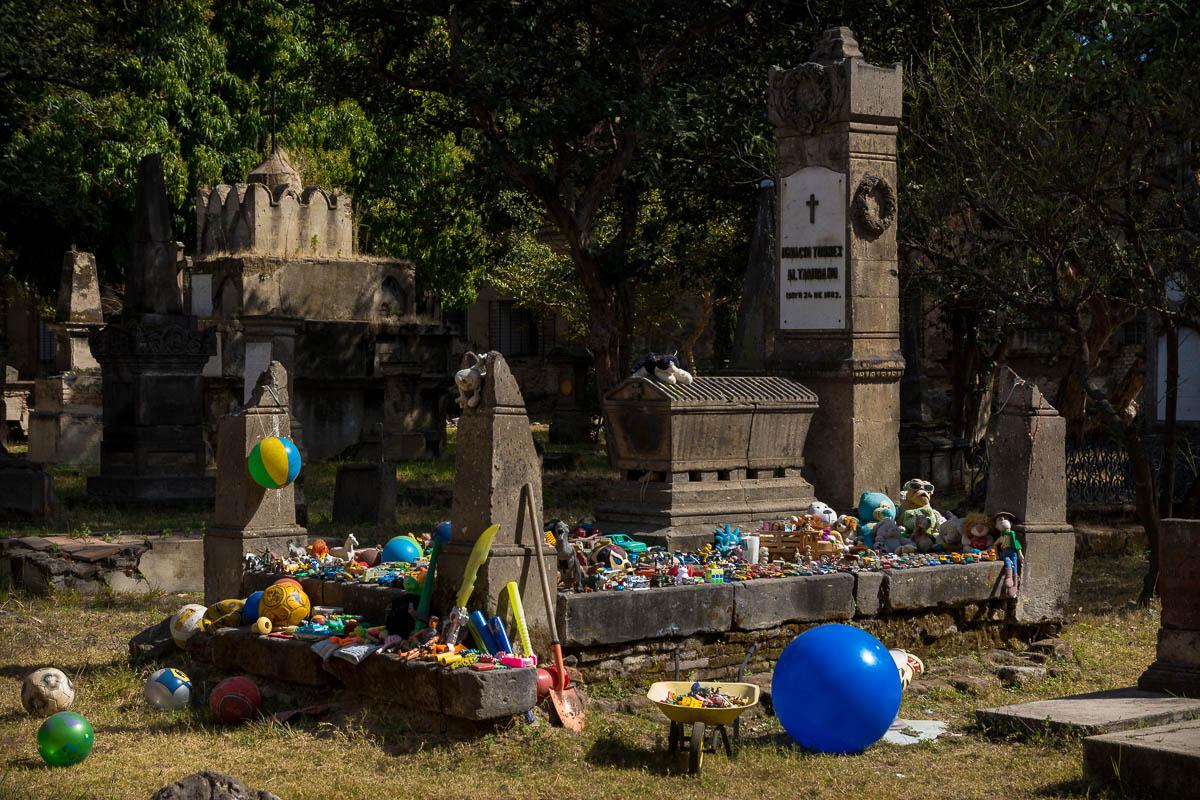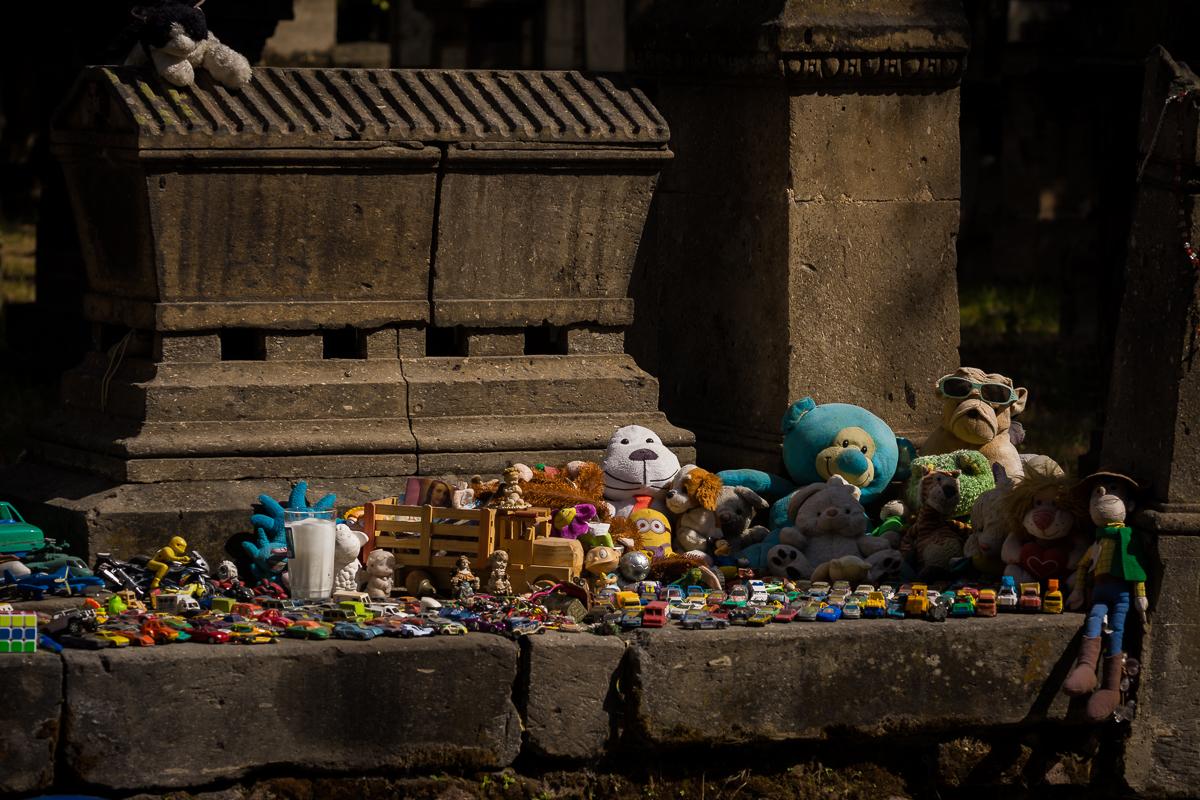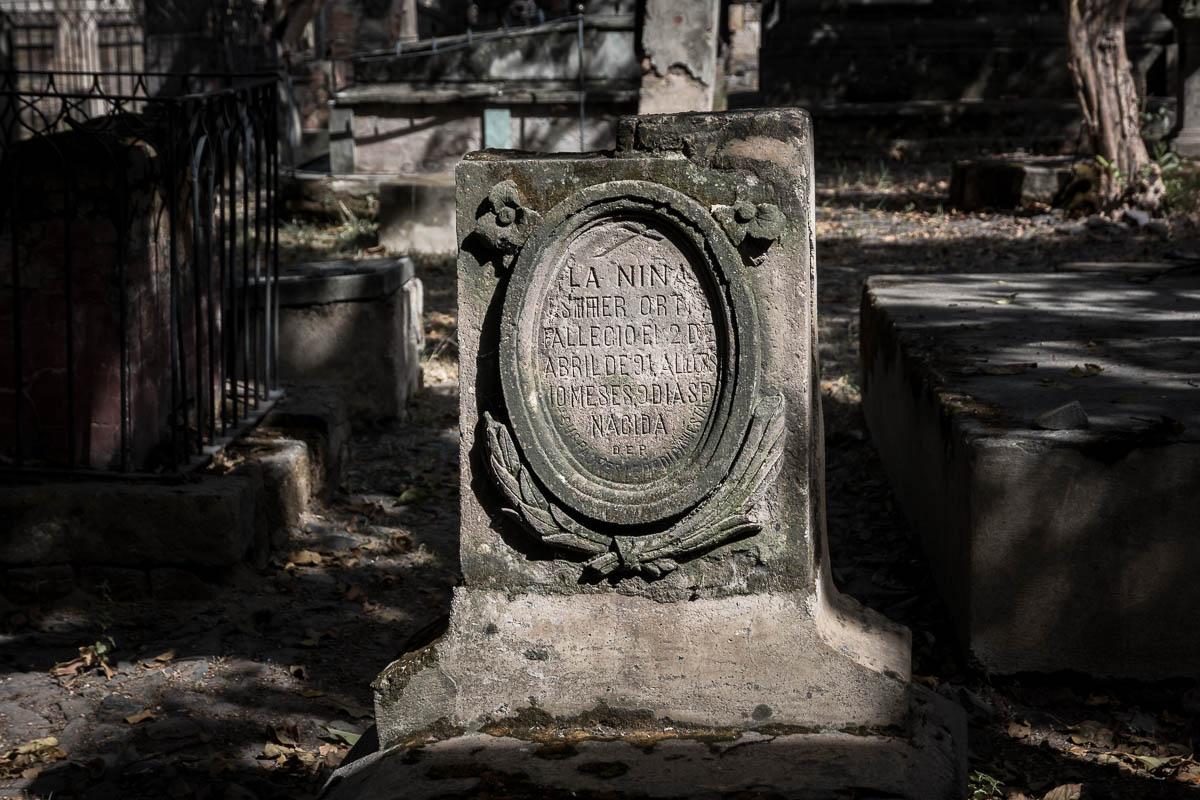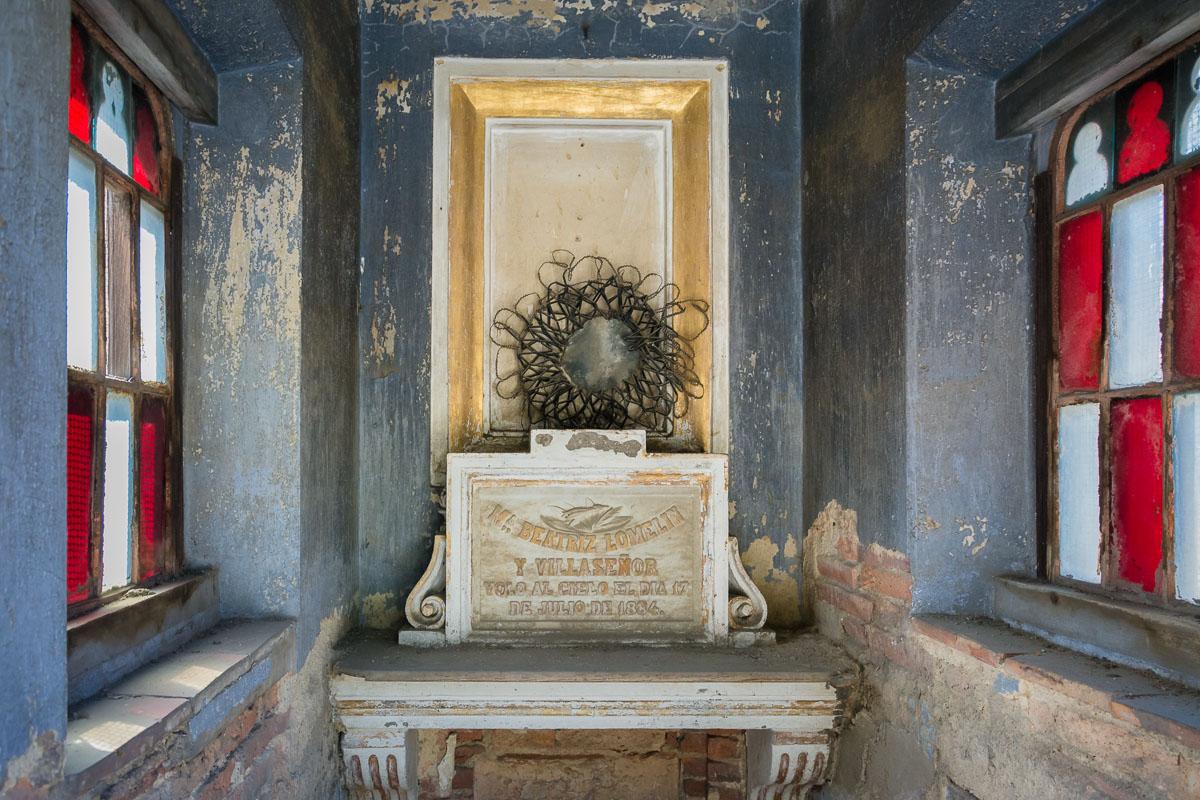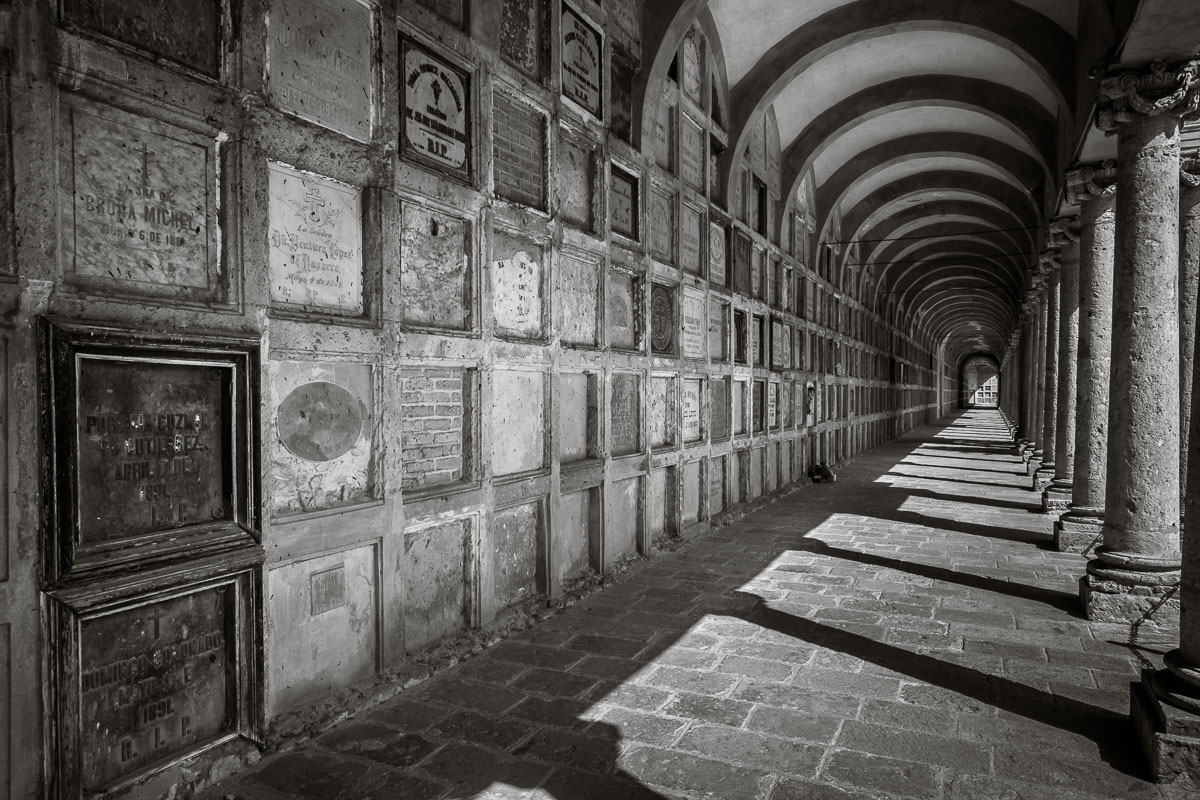Panteón de Belén: a Historic Cemetery in Guadalajara, Jalisco
Cemeteries are not so much for the dead as for the living. Nowhere else could this be better illustrated than in Mexico, where the nation devotes three days and nights during the Day of the Dead to partying with family in the local panteón with the spirits of their dead relatives.

In the heart of the hustle of Guadalajara, Jalisco, lies a 19th-century cemetery, which once housed the remains of some of Jalisco’s major historial figures. Today, it has been turned into a museum for tourists and history buffs. The tombs for the cemetery’s famous dead people are now gone, relocated in 1952 to the Rotonda de los Jaliscienses Ilustres located in downtown Guadalajara. But the cemetery’s impressive architecture and history remains.
It’s generated many legends over the years and is a source of many supposed ghost sightings. One of the most popular events is the night tour, filled with ghost stories. The tours around the Day of the Dead are also a favorite attraction for local tapatios.
An area that was used by the lower classes has since been turned into grounds for a neighboring hospital, but the remaining part is now a museum open daily to tours. It’s a fascinating place to spend an hour or two wandering around, inspecting the architecture, reading the headstones.
If you go…
Hours: Open 7 days, 8 a.m. – 6 p.m. Nighttime ghost tours are also given on weekends.
Location: Calle Belén 684, Centro, Guadalajara 44280
Details: Tours are given in Spanish, though English tours are also usually available at certain times. To enter, you must go on a tour or you pay a $250 peso fee for a photographer’s permit to roam the grounds unaccompanied (my friend entered free with me included in the cost of my permit). Paying the photographer’s permit might be a good option if you don’t want to be guided through the cemetery.


